Georgios Sofianidis
Human-Centric Artificial Intelligence Architecture for Industry 5.0 Applications
Mar 21, 2022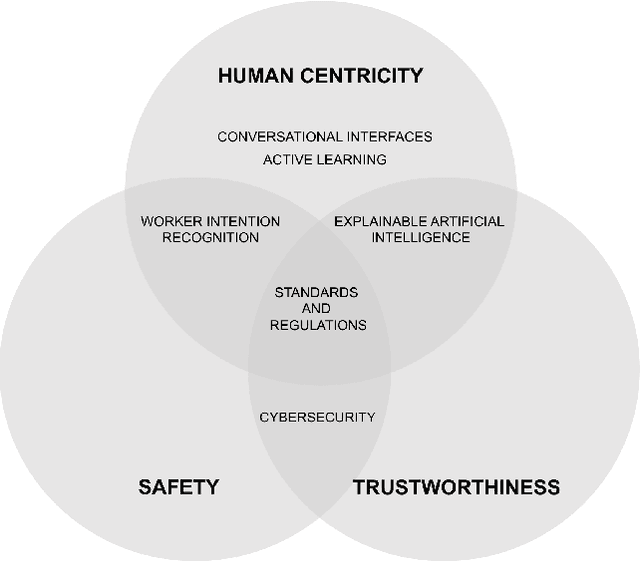
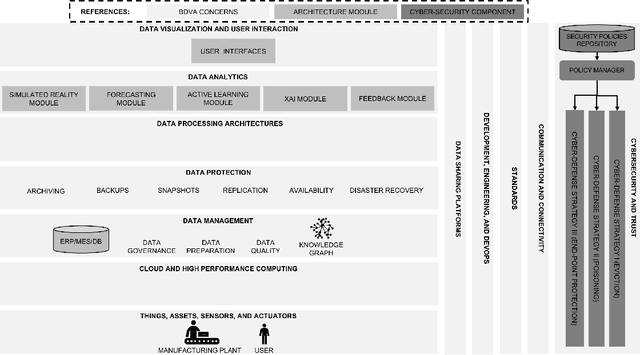
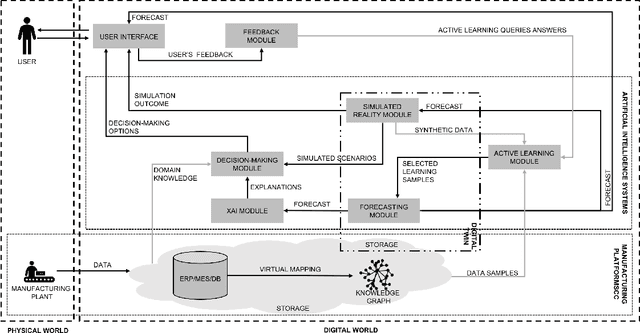

Abstract:Human-centricity is the core value behind the evolution of manufacturing towards Industry 5.0. Nevertheless, there is a lack of architecture that considers safety, trustworthiness, and human-centricity at its core. Therefore, we propose an architecture that integrates Artificial Intelligence (Active Learning, Forecasting, Explainable Artificial Intelligence), simulated reality, decision-making, and users' feedback, focusing on synergies between humans and machines. Furthermore, we align the proposed architecture with the Big Data Value Association Reference Architecture Model. Finally, we validate it on two use cases from real-world case studies.
A Review of Explainable Artificial Intelligence in Manufacturing
Jul 05, 2021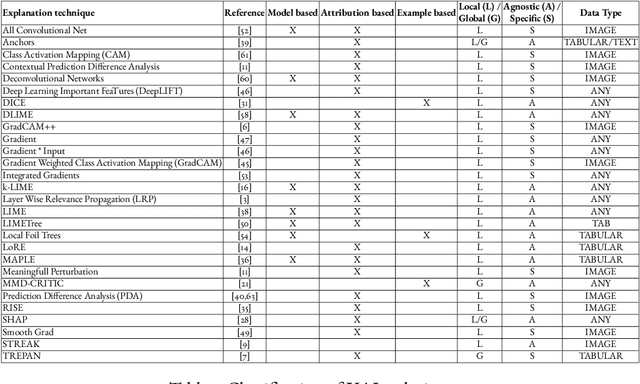
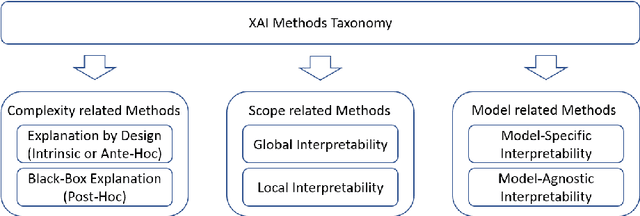
Abstract:The implementation of Artificial Intelligence (AI) systems in the manufacturing domain enables higher production efficiency, outstanding performance, and safer operations, leveraging powerful tools such as deep learning and reinforcement learning techniques. Despite the high accuracy of these models, they are mostly considered black boxes: they are unintelligible to the human. Opaqueness affects trust in the system, a factor that is critical in the context of decision-making. We present an overview of Explainable Artificial Intelligence (XAI) techniques as a means of boosting the transparency of models. We analyze different metrics to evaluate these techniques and describe several application scenarios in the manufacturing domain.
STARdom: an architecture for trusted and secure human-centered manufacturing systems
Apr 02, 2021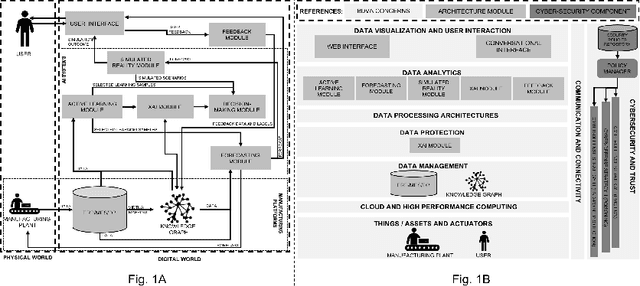
Abstract:There is a lack of a single architecture specification that addresses the needs of trusted and secure Artificial Intelligence systems with humans in the loop, such as human-centered manufacturing systems at the core of the evolution towards Industry 5.0. To realize this, we propose an architecture that integrates forecasts, Explainable Artificial Intelligence, supports collecting users' feedback, and uses Active Learning and Simulated Reality to enhance forecasts and provide decision-making recommendations. The architecture security is addressed as a general concern. We align the proposed architecture with the Big Data Value Association Reference Architecture Model. We tailor it for the domain of demand forecasting and validate it on a real-world case study.
 Add to Chrome
Add to Chrome Add to Firefox
Add to Firefox Add to Edge
Add to Edge